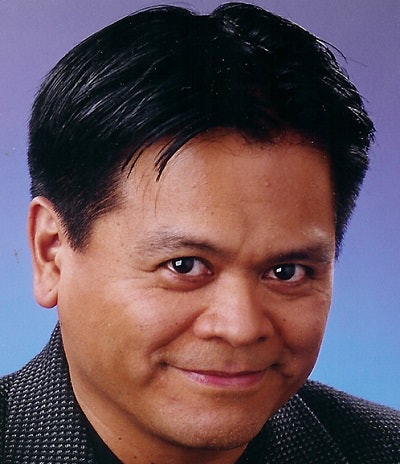We’ve crept into May, which is coincidentally Asian Pacific American Heritage Month on the diversity calendar. But as Helen Hsu sees it, there’s not much to celebrate if you’re an Asian American student.
The virus has upended your life and the lives of others you care for. You’re sheltering in place, and when you’re not, people accuse you of bringing the virus to America. Didn’t Trump call it the “Chinese Virus”?
It’s all made Hsu, the past president of the Asian American Psychological Association and a licensed clinical psychologist, a very busy woman at Stanford, where she’s a counselor and advises a now far-flung student body that is 22 percent Asian. That’s second only to Whites at 32 percent. (The school’s undergraduate demos are 17 percent Hispanic, 7 percent Black, 11 percent International, 1 percent Native Indian, 9 percent Two or More races, according to the school website).
Amid that kind of diversity, Hsu sees the full spectrum of reactions from students who had everything from study abroad plans to personal relationships all disrupted in recent weeks.
“Some didn’t get to say goodbye appropriately,” Hsu said.
And some are still hoping to sneak in an education online– if they can only focus.
“It’s been hard, “ Hsu told me over a Zoom call. “People have to give themselves permission to feel discombobulated. Students right now are feeling, ‘Why can’t I concentrate on Spring Quarter?,’ or, ‘Why am I not being productive, in theory? I have so much time.”
But also so much anxiety.
“Some don’t know why they feel so unmotivated or depressed,” Hsu said. “ Others are just anxious. When our anxiety runs away with us, we can get into this “what if this happens, what if that happens,” and we just ruminate and it can interrupt sleep. We’re seeing all of it.”
All of it for Asian American students can also include incidents of sometime violent xenophobic harassment.
One website curated by San Francisco State University’s Asian American Studies Department, recorded more than 1,500 instances of harassment toward Asians across the nation from mid-March to the end of April.
Hsu said the news of anti-Asian harassment is triggering feelings in students and even their parents, who are recalling negative racist experiences they felt growing up.
Hsu said fortunately there’s a variety of counseling methods that can address their issues and she recommends people seeking the appropriate level. Sometimes all that’s needed is a life coach who can teach new coping skills.
And sometimes, Hsu said, it’s a matter of simply “finding your community,” a group you’re comfortable with in going through this time which she said could feel like a “forced mindfulness retreat.”
So the students should seek their tribe and do some deep breathing.
 Emil Guillermo
Emil GuillermoFor more serious conditions, there are psychiatrists and their script pads.
But now what about schools stressed out by their existential moment? How to plan for the fall? Is there a fall? Online? Offline?
This is a much larger problem, though the mindset of the parents and students will be important in whatever happens come fall.
At this point, there’s just too many questions as schools must prepare for any eventuality. If they open, will it be safe? Will there be social distancing? If testing for the virus isn’t available by the fall for more people, will there be a point to any of it all? Won’t going in blind in the fall boost an assumed surge when flu season coincides with the pandemic?
And if schools do everything remotely and zoom in, would that really be better? Once again, what’s the point? To date, the Socratic method was never dependent on good WiFi.
These are important concerns all because as some colleges are well aware, how can you charge $50,000 a year and up for a substandard product?
Has the virus irreparably damaged the higher ed product where the University of Phoenix and the Ivy League are indistinguishable?
Of course, schools have always masked their disregard for parents and found their way to pass on the costs. One school I dealt with in the not-so-distant-past stepped up its price tag to more than $70,000 a year without further financial assistance. The school stuck it to us good. My daughter had a good time for one year, after which we put her in a much more modestly priced, but slightly superior California state university.
But this is 2020. The virus has people scared. The coming recession has people scared. Race motivated harassment against Asian Americans have both native-born Asian Americans and international students scared.
Stanford’s Helen Hsu can’t talk to everyone.
So I hope schools are keeping at least students and parents well informed, if not happy. Because the existential moment is coming for higher ed when tech giants become the big benefactors and fund a system that will make the traditional liberal arts and humanities seem downright antiquated.
We’re not there yet when the Googles and Apples in the world try to swoop in like heroes and disrupt higher ed.
But for now, considering the potential of the diminished COVID college experience, either prices come down or schools do.
Simple as that.
Because if it’s a matter of life and death at Pandemic U., I’m keeping my kids home.
Emil Guillermo is a journalist and commentator. He writes for the Asian American Legal Defense and Education Fund. You can follow him on Twitter @emilamok.






















